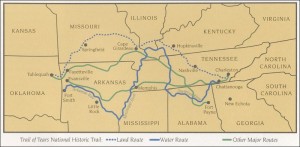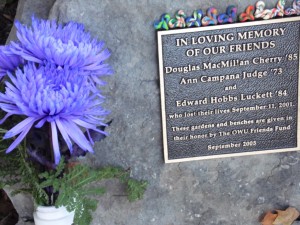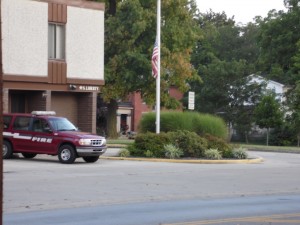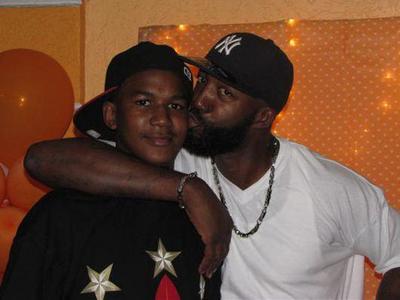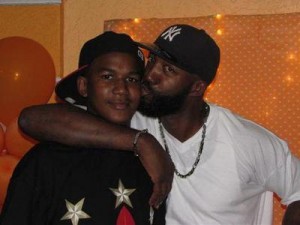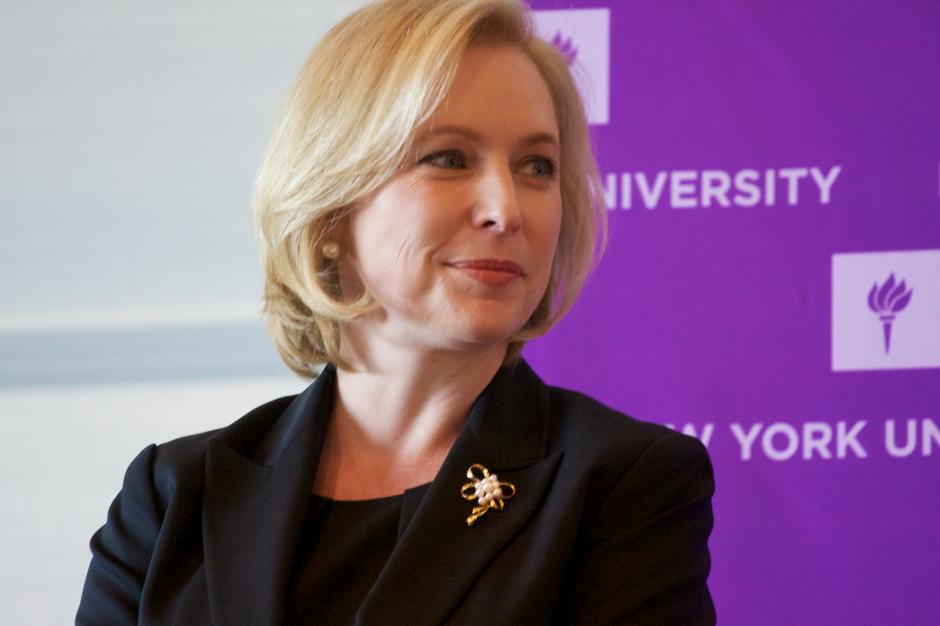By Spenser Hickey
News Editor
Twice a week, a small group of students gather in Hamilton-Williams Campus Center by the mailroom, and walk through a maze of hallways to the garage. These students put on a pair of thin gloves and dig through trash bags of food scraps, dirty plates and cups and spilled soda and condiments, occasionally finding flies or maggots living in the bags. Several of them do this weekly work; only two of them are paid – a stipend of $250 a semester each for their overall work, regardless of the hours.
Even if they weren’t paid, they’d still do it.
“We’re doing it anyways and it’s just an incentive,” said senior Erika Kazi, one of two composting interns working with Chartwells dining services.
According to Gene Castelli, senior director of Dining Services, composting is part of a cycle in which leftover food is divided into what is compostable and is then sent to a mulch facility. The mulch is then sold at a high discount back to the university for use in the student garden; Chartwells then buys the produce at market price from the garden.
“To me sustainability isn’t only about saving stuff,” he said. “It’s about coming to a 360 process and that’s probably the best.”
Sending food to be composted turns it into organic matter for plant growth, according to Kazi, an environmental studies major.
“Carbon is trapped in the soil and that can be used by plants to grow,” she said explaining that, in a landfill, the food would rot and carbon dioxide would be released into the atmosphere.
Each week, they usually sort through “20 to 30 bags of compost” according to Kazi and separate out two to three bags of garbage and one to two of recycled goods.
Sophomore Ellen Hughes, the other composting intern, was offered the position because she’d worked sorting through compost last year; like Kazi she would be doing it even without the stipend.
“I would be doing it anyway, so it’s just sweet that I’m being paid for it now,” she said.
A lot of their work comes from non-compostable items being placed in the bins by mistake; part of the interns’ job is to design signs listing what is and is not compostable.
“If there is more than five percent of contamination, which is non-compostable items, in the compost, (the University) gets fined for it,” Hughes said.
Kazi said two weeks ago the compost bins were picked up earlier than expected, before any students could sort out the waste, and the university would have been fined $100 if there were the 5 percent of contamination.
Hughes said she digs through the compost as a way to clear her head if she’s having a bad day.
“You’re digging through this gross bag of trash and junk and maggots, really gross smells, ketchup, all this stuff…even though what’s left in the bag is really gross, you’re taking out all the trash,” she said. “…What you have left in the bag is pure compost, which will be made into soil which can feed plants and create gardens.
As gross as it is, I kind of enjoy it, because its just really rewarding because when you finish you’re feeling kind of gross but you can shower and wash your hands and you’re like, ‘yeah, I just created a bag of compost.’”
Sophomore Cecilia Smith started composting recently and has only done it twice but said she’ll probably do it regularly.
“I heard about it through the (Environment and Wildlife) club, which I am a part of,” Smith said. “Both Erika and Ellen have sent out emails and mentioned it during meetings.”
She said she thinks composting is worth it because it diverts waste that would otherwise go to a landfill and helps provide for the student garden.
“Overall, I do the composting because I want to do my part and I value sustainability and taking care of the environment,” Smith said. “By sorting through the compost, I’m doing something tangible to realize these ideals.”
Freshman Olivia Lease, another composting volunteer, said that composting can help add nutrients, while traditional waste products can negatively affect the soil and animals.
“The production of plastic, Styrofoam and other man-made materials has a great negative impact on the environment,” she said. “We burn fossil fuels to help power the factories that produce these materials. So producing these things contributes to the rise in carbon emissions and further disrupts the Earth’s climate system.”
Many of the participants said that their biggest challenge is consistently finding the wrong items in the bags meant for compost; they’ve even found metal silverware among the compost on occasion.
Smith, though, said that sorting through compost has taught her about some of the intricacies of what is and is not compostable. For example, paper Coke cups are compostable, but the plastic lids and straws often left on them when they’re thrown away aren’t.
“You have to pay attention to the little things because they can add up in both percentage of contamination and in someone else’s time in trying to get everything out completely,” she said.
“Everyone can increase sustainability by taking part in the little things that count,” added Lease. “Everyday things like recycling whenever possible and composting.”
Freshman Cindy Hastings said that she thought the issue was that students weren’t aware what was and wasn’t compostable, rather than deliberate throwing non-compostable items in the bins.
“When composting this year was first started up, we found around 50 pizza boxes (which are not compostable) in the compost bags,” she said. “Signs were then put up that the pizza boxes belonged in the trash, and this past week we only found a few in the compost.”
Hughes, though, was less optimistic about the success of the signs.
“There was definitely a lot more (non-compostable items in the compost bins) at the start of the year, honestly I haven’t noticed a huge, huge improvement,” she said. “It kind of fluctuates, some weeks it’ll be really great and some weeks it’ll be terrible, so it’s hard to tell if it’s actually getting better.”
